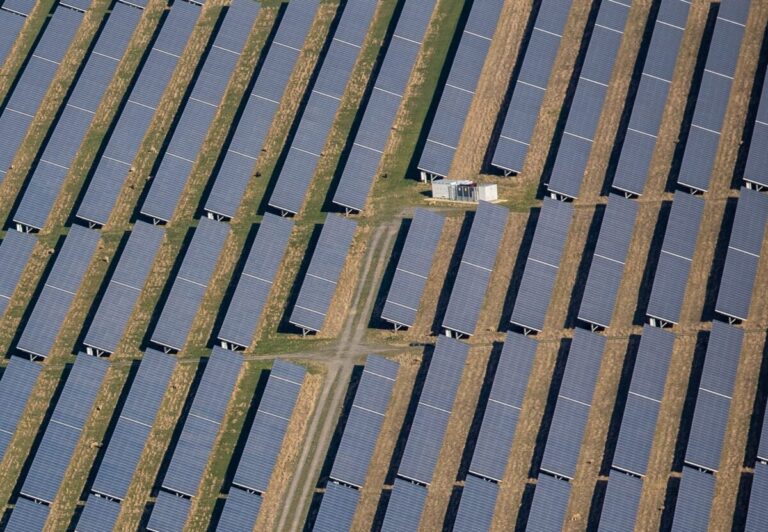Scientists in India have proposed using a multi-layer neural network to find line-to-ground, line-to-line and bypass diode faults in PV module strings. They tested the new approach on a 22.5 kW solar panel and reportedly achieved “competitive” accuracy results.
A group of researchers from India have proposed a new PV string error detection technique for PV strings that uses multi-layer neural network (MLNN), a machine learning technique that can handle complex relationships by learning their hierarchical representations.
“Line-to-ground (LG) and line-to-line (LL) faults are detected, classified and located using the proposed technique,” the academics said. “The proposed MLNN technique requires only one current sensor to be installed for each string. However, it can identify problems in photovoltaic arrays of any size or degree of mismatch.”
The research group trained the error detection technique on varied data sets with different environmental conditions. Parameters such as temperature, irradiation and maximum power were taken into account.
“In the case of nonlinear classification problems, deep multi-class neural networks are implemented in the extraction process,” the academics explained. “Multi-layer perceptron falls under the non-linear arrangement, that is, the non-linear complex data is acceptable for the calculation process. Each layer is connected to existing hidden units. Each hidden unit processes the weights using the bias function.”
To test the MLNN PV string fault detection method, the researchers simulated a 22.5 kW solar panel consisting of four parallel strings and modules from 10 series. In the simulation, they obtained information about when the current dropped to zero and the differences in the current at the top and bottom modules of each string. These measurements were then processed into errors and discrepancies and compared with the measurements presented by the detection model.
The researchers defined accuracy as “the fraction of the total number of accurate predictions made of potential outcomes, divided by the total number of predictions made by the matrix.”
The proposed MLNN reportedly achieved 98.76% accuracy in detecting LL faults, LG faults and bypass diode faults. This compares to an accuracy of 96.5% achieved by the probabilistic neural network (PNN), 92.1% by radial basis functions (RBF) and 90% by the convolutional neural network (CNN), as cited in previous scientific literature.
“The proposed MLNN technique can solve all nonlinear complex calculations, handle a large amount of erroneous panel data, and predict errors quickly,” the researchers concluded.
Their findings were presented in “Optimization of photovoltaic string errors using multi-layer neural network technique”, published in results in technology. The research team included academics from Marri Laxman Reddy Institute of Technology and Management, National Institute of Technology Andhra Pradesh and CVR College of Engineering.
This content is copyrighted and may not be reused. If you would like to collaborate with us and reuse some of our content, please contact: editors@pv-magazine.com.


